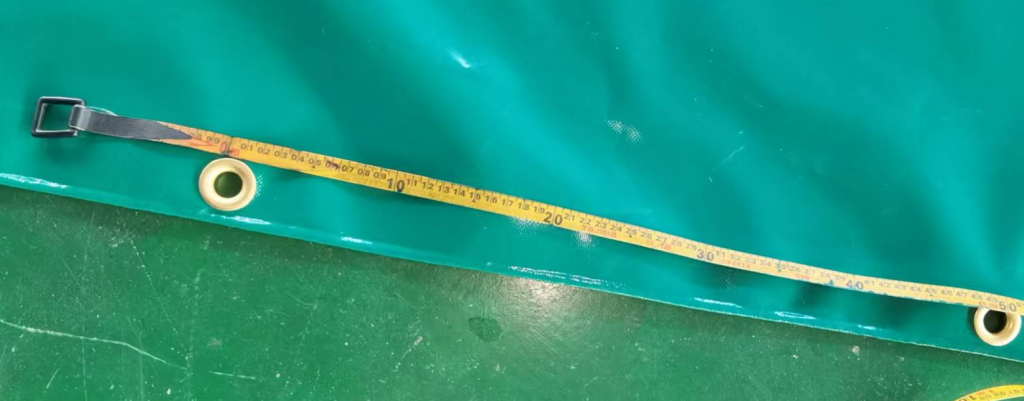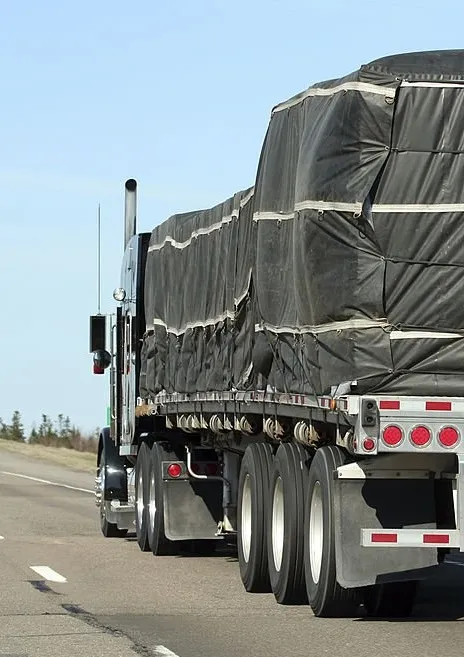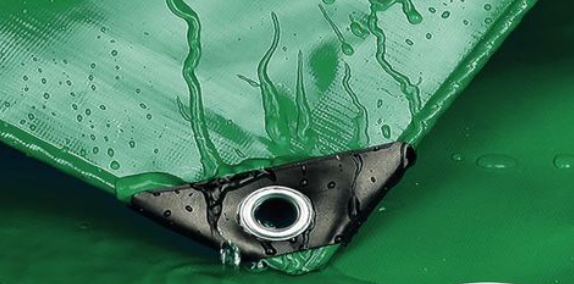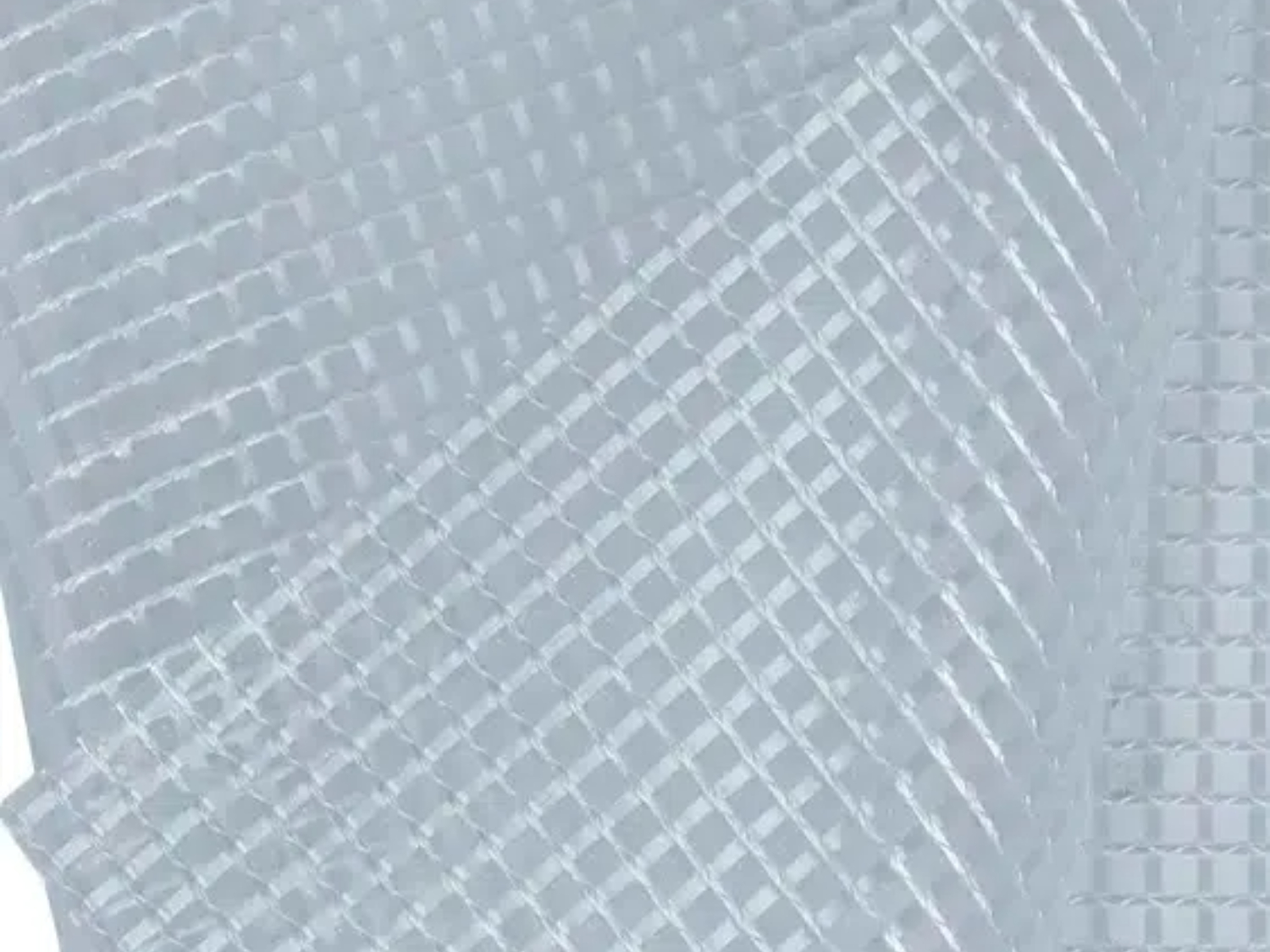
In the transport business, the goods’ safety and integrity during transport is important. Truck tarpaulin ha proven to be a valuable tool, providing essential cover to cargo from harsh weather and potential harm. From adverse weather conditions to physical damage, these tarpaulins are crucial to provide cargo protection and are an essential tool for all freight operations. This paper explores the importance, features, and applications of truck tarpaulins in providing reliable protection for cargo safety and weather resistance.
Importance of a Truck Tarpaulin
Protect From the Weather
One of the main applications of truck tarpaulin is to protect cargo from weather. Blinding rain, snow, scorching sun or cold wind, tarpaulin acts as a cover to prevent moisture, UV light and debris from coming into contact with cargo. During intense rainfalls in some regions, tarpaulin protects water-sensitive products like electronics, paper and clothing from water damage and wetness. In the same manner, in hot regions, a UV-resistant tarpaulin provides security for cargo against color fading and sun-induced degradation by exposure to the sun. The windproof feature safeguards against flapping or tearing of the tarpaulin, which provides constant protection during the whole transportation process.
Prevent Physical Damage
In addition to protecting cargo from weather, a truck tarp can also protect cargo against physical damage. Cargo typically lies vulnerable to shocks, vibration, and shifting during transportation. A heavy-duty tarp provides additional cushioning and support, thus rendering the cargo more scratch, dent, and break resistant. For example, when delivering fragile items such as glass or furniture, the impact is cushioned by a truck tarp such that the load would not collide with other moving materials or hit the truck sides. The tarp can be employed as a cover for the truck load in order to reduce the chances of theft and vandalism.
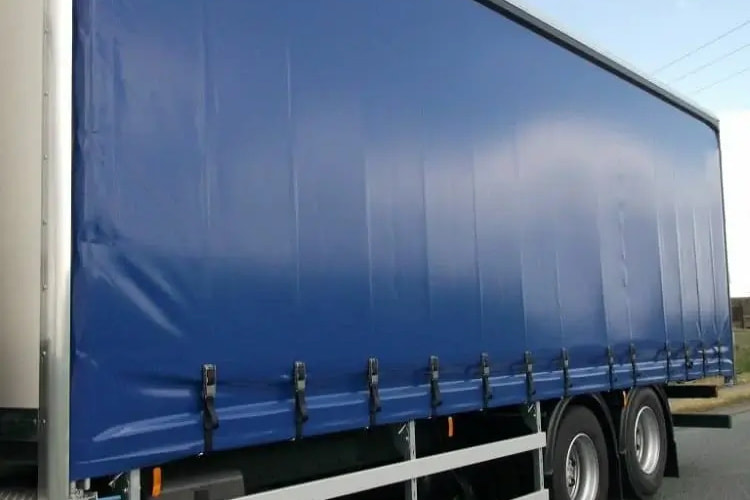
Key Features of Effective Truck Tarpaulins
Material Quality
The effectiveness of truck tarpaulins is dependent mostly on the material of its quality. Heavy-duty materials like polyethylene, polyvinyl chloride, or polyester are employed to produce quality tarpaulins. PE tarpaulins are light, inexpensive, and watertight. PVC tarpaulins are tensile strength and abrasion-resistant as well as resistant to UV light. Polyester tarpaulins provide strength, durability, and flexibility for general-purpose use. Moreover, the tarpaulins employ additional special coatings or lamination techniques to increase weather resistance, tear resistance, and cleaning ease.
Design and Construction
A well-designed truck tarp will be a perfect fit for the truck bed to give maximum coverage and protection. Tarps come in a wide range of sizes and shapes, including flat-bed, tapered, and custom designs to accommodate different types of trucks and cargo configurations. Reinforced edges, corners, and grommets are common design features that provide added strength and simple tie-down. Some tarps even have built-in tie-down points or straps for quick and secure attachment. Also, double stitching, lap seams, and zippers are some of the features that add to the tarp’s waterproofing and durability.
Proper Installation and Maintenance
Installation Tips
A truck tarpaulin needs to be properly installed in order to work effectively. Always make sure the truck bed is clean and free of sharp objects before tarpping the cargo. The tarp needs to be laid flat over the cargo with all the corners aligned. Proper straps or ropes should be used to properly secure the tarp to the truck frame or anchor points. Leave tension even on the tarp so that it will not sag or flap. Additional support structures or padding will be required for larger or odd-shaped cargo to keep them tightly in place.
Maintenance
It requires constant maintenance to extend the lifespan of your truck tarpaulin. It is best to wash the tarpaulin with water and mild detergent after each use to remove dirt, debris and other potential contaminants. The use of abrasive cleaners and harsh chemicals should be avoided as they ruin the fabric and undermine the efficiency of the tarpaulin as a cover. Once cleaned, make sure that the tarpaulin is dried well before it is folded and kept in a cool and dry location. Inspect the tarpaulin from time to time for wear and tear or damage in the form of holes, tears or open seams. Get the damaged portions repaired or replaced immediately to avoid further damage and ensure continued protection for your cargo.
Applications in Different Industries
Logistics and Freight
In the freight and logistics industry, truck tarpaulins find extensive use to keep products safe during transport. From transporting consumer goods, machinery or agricultural produce, tarpaulins ensure that products arrive at their destination undamaged. Tarpaulins are most important where haulage over long distances is involved, where goods are exposed to various weather conditions and road risks. Logistics firms depend on tarpaulins to ensure goods are of quality and of value and to minimize customer complaints and financial loss caused by spoiled goods.
Construction and Mining
Mining and construction industries often require transport of heavy products such as cement, gravel, sand and mining equipment. Truck tarpaulins used in these industries must be able to withstand robust handling, severe conditions and heavy weight. They also provide spillage-free transportation of materials, minimize environmental pollution and meet safety standards.
Conclusion
Truck tarpaulins are essential to ensure cargo protection and weather resistance. Their weather resistance, physical guarding against damage, and versatility to many industries make them a valuable commodity in the freight business. Through choosing high-quality tarpaulins with quality materials, design, and construction and the right installation and maintenance processes, freight operations can protect cargo, reduce loss, and optimize customer satisfaction. Feicheng Tongfa is a manufacturer of various PVC tarpaulins and looks forward to cooperating with you.


